Creating a personal yoga sanctuary at home can make the difference between occasional practice and a consistent daily routine. While group classes offer structure and community, many people also enjoy the freedom and flexibility of practising at home. To make home sessions both enjoyable and effective, the environment matters as much as the practice itself. A thoughtfully designed space encourages mindfulness, reduces distractions, and allows practitioners to experience the full benefits of vinyasa yoga. By paying attention to layout, lighting, materials, and atmosphere, anyone can transform a corner of their home into a nurturing yoga retreat.
Why a Dedicated Space Matters
The mind responds strongly to physical surroundings. A dedicated yoga space signals the brain to shift into a calmer, more focused state. Instead of rolling out a mat randomly in the living room, setting aside a consistent spot builds routine and discipline. Over time, simply entering that space creates an immediate sense of readiness for practice.
A well-prepared area also prevents unnecessary interruptions. Clutter, noise, and poor ventilation can all hinder concentration. By designing an intentional yoga space, practitioners cultivate an environment that supports focus, flow, and inner peace.
Choosing the Right Location at Home
Selecting the right spot is the first step in building a home yoga corner. While not everyone has the luxury of a spare room, even a small section of a bedroom or study can be transformed with the right setup.
Key considerations include:
-
Quietness: Select a place away from high-traffic areas of the home to minimise disturbances.
-
Natural light: A room with windows allows for refreshing daylight that uplifts mood and energy.
-
Ventilation: Fresh air circulation keeps the space comfortable, especially during longer sessions.
-
Flooring: A flat, even surface is crucial for stability in flowing postures.
By choosing a spot with these qualities, practitioners can lay the foundation for a sustainable home yoga practice.
Essential Elements of a Home Vinyasa Space
Once the location is selected, the next step is curating essential elements that make the space both functional and inspiring.
Yoga Mat
The mat is central to practice. For Vinyasa, where sequences involve continuous transitions, a mat with excellent grip and cushioning is ideal. It prevents slipping while providing joint support.
Props
Blocks, straps, and bolsters are valuable tools that assist with alignment and provide modifications for different postures. Having these items within reach ensures smoother transitions during flow.
Storage
A basket or shelf to neatly store props and mats helps keep the area organised. Clutter-free surroundings directly contribute to a calm mind.
Lighting
Soft, natural light is best. For evening practice, warm-toned lamps or candles create a soothing atmosphere. Avoid harsh overhead lighting that can feel distracting.
Sound
Calming background music or nature sounds enhance the sense of flow. A small speaker or sound system can help create consistency in atmosphere.
Personal Touches
Incorporating elements that inspire mindfulness, such as indoor plants, artworks, or meaningful objects, adds character to the space. These items create a sense of personal connection, making the area inviting and unique.
Creating the Right Atmosphere
Beyond physical objects, atmosphere shapes how practice feels. A tranquil environment supports mindful movement and breath awareness.
-
Aromatherapy: Essential oils like lavender or eucalyptus can relax the senses and promote focus.
-
Temperature: The space should be comfortable but not too warm. Proper ventilation prevents fatigue during flow.
-
Minimal distractions: Keeping phones and electronics out of the space reduces interruptions.
By fine-tuning these details, practitioners can enter their practice fully immersed in the moment.
Designing for Flow and Movement
Unlike static postures, Vinyasa involves continuous sequences. The space should allow enough room for arm extensions, lunges, and transitions without obstruction. Ideally, mats should be placed so that movements in all directions remain free. For smaller homes, moving lightweight furniture temporarily can create the required area.
Mirrors can also help in checking alignment, though they are not essential. The emphasis should remain on internal awareness rather than external appearance.
The Psychological Impact of a Home Yoga Space
A dedicated yoga area is not only about convenience. It builds psychological readiness. Entering a designated spot each day signals the mind to detach from daily worries and enter a state of presence. Over time, the body associates that space with calmness and focus, making practice more effective.
This consistency also supports habit formation. When the space is inviting and purposeful, returning to it becomes second nature, which fosters long-term commitment.
Integrating Technology Mindfully
While a yoga space should prioritise mindfulness, technology can still play a role. A tablet or screen for guided online classes, a small camera for self-observation, or a smartwatch to track breath and heart rate can be useful. However, it is important to avoid over-reliance on technology during practice. The focus should always remain on breath and flow, rather than constant monitoring.
Everyday Benefits of a Home Yoga Space
A well-designed yoga corner offers benefits that extend beyond formal practice. Many people use the space for short breaks, stretching during work-from-home days, or even mindful breathing exercises before bed. This versatility ensures that the area contributes to overall well-being throughout the day, not just during planned sessions.
-
Morning energiser: Start the day with Sun Salutations in a bright, uplifting space.
-
Midday reset: Use the area for quick stretches to combat fatigue.
-
Evening unwind: Gentle flows in a calming environment support relaxation before sleep.
These applications make the home yoga space a valuable investment in daily wellness.
Why Guided Practice Still Matters
While home practice offers flexibility, guided classes bring structure and variety. Instructors ensure proper pacing and alignment while introducing new sequences that challenge both body and mind. Combining home practice with professional classes provides the best of both worlds: consistency from the personal space and growth from expert guidance. Studios like Yoga Edition create opportunities for practitioners to deepen their understanding and bring inspiration back to their home practice.
Frequently Asked Questions
Do I need a large space at home to practise Vinyasa Yoga?
No. Even a small corner can be enough as long as it allows free movement in all directions. The key is keeping the area uncluttered.
What if my home environment is noisy?
Noise-cancelling headphones or calming background music can help reduce disturbances. Early morning or late evening practice may also provide quieter conditions.
Can I share my yoga space with other household activities?
Yes, but consistency is important. Using the same spot regularly trains the mind to associate it with calmness, even if it serves other purposes at times.
How do I keep the space motivating?
Refreshing it with small changes, such as rotating plants, artworks, or adding new props, keeps the environment inspiring.
Will a home space replace the need for studio classes?
Not completely. While a home corner supports daily practice, studio sessions provide expert guidance, community, and structured progression.

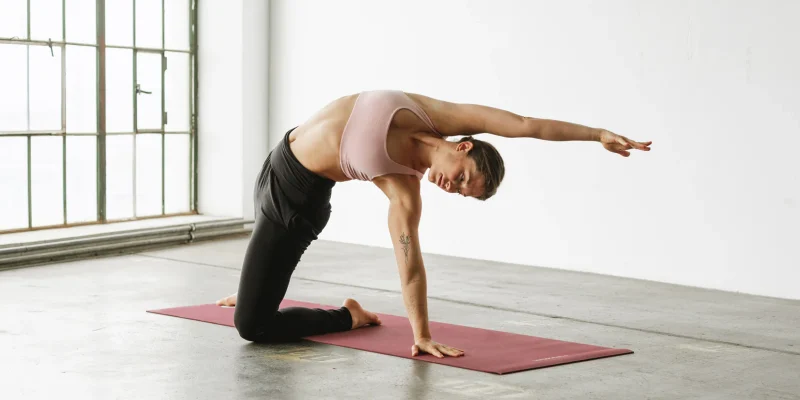
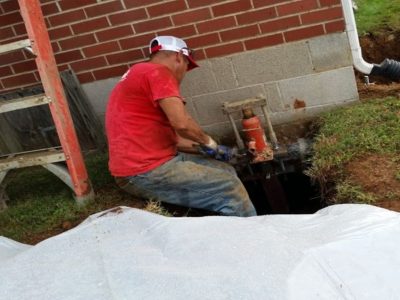

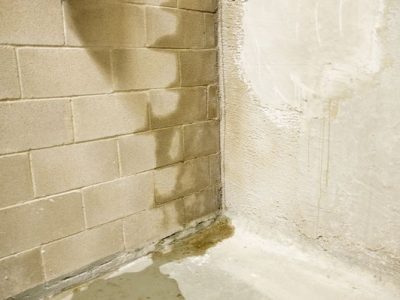
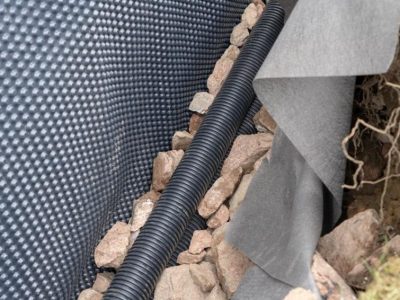
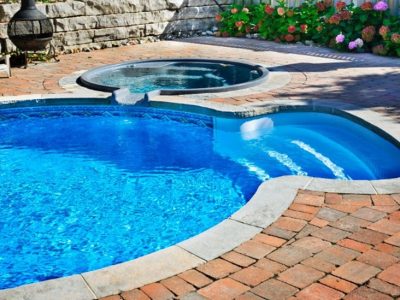



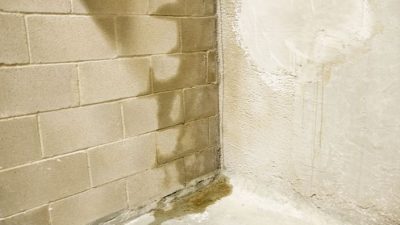
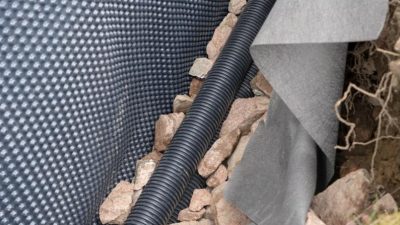
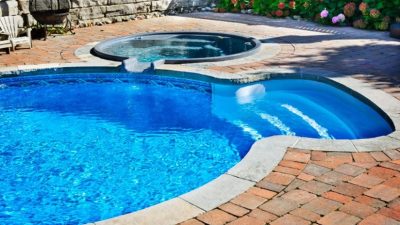
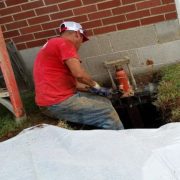

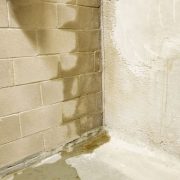
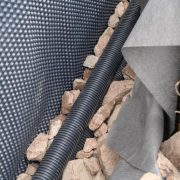
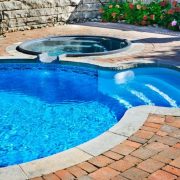
Comments